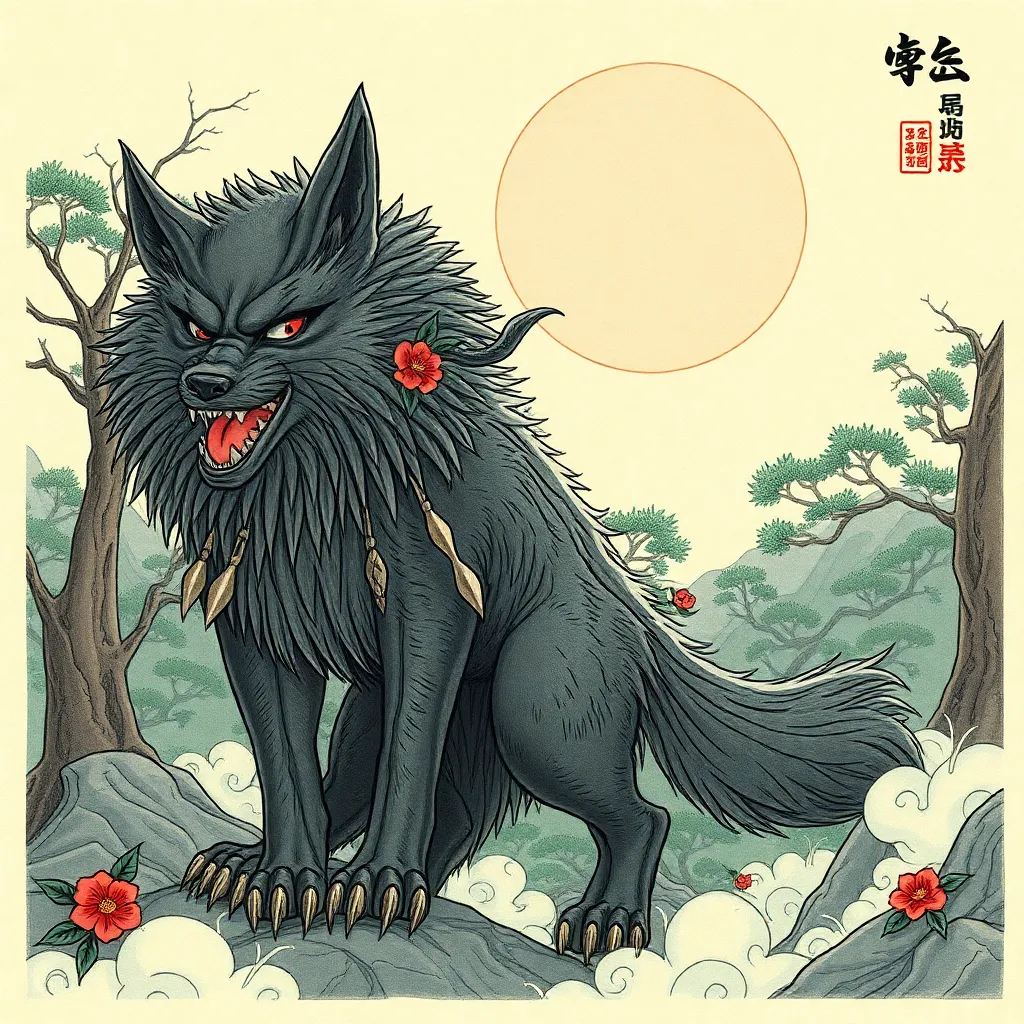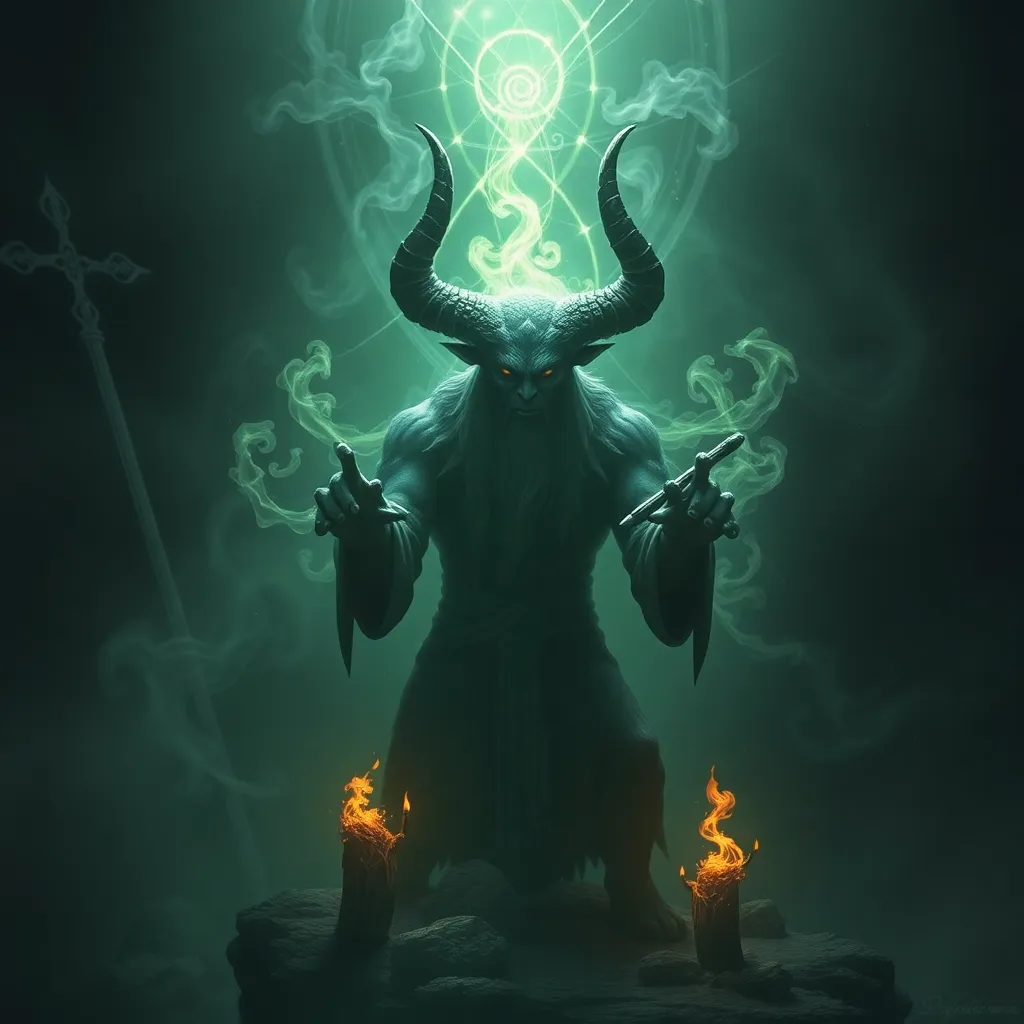The Serpent’s Gaze: Naga Iconography and Its Meaning
I. Introduction
The term “Naga” refers to a class of serpent beings found in various cultures, particularly in South and Southeast Asia. These mythological creatures hold significant cultural and spiritual value and are often considered protectors of water bodies and treasures. Naga are deeply rooted in the mythology and religious practices of Hinduism, Buddhism, and various indigenous beliefs, representing both benevolent and malevolent forces.
Naga iconography is rich and diverse, varying widely in artistic expression and symbolic meaning across different cultures. From intricate temple carvings to vibrant paintings, Naga representations can illuminate our understanding of ancient beliefs and practices. This article aims to delve into the historical context, symbolism, artistic representations, and contemporary significance of Naga iconography.
II. Historical Context of Naga Iconography
The origins of Naga can be traced back to ancient civilizations where they were often associated with water, fertility, and the underworld. In Hindu tradition, Naga are linked to the primordial waters, embodying the life-giving and destructive forces of nature. Over time, the representation of Naga has evolved, influenced by local cultures and geographic contexts.
For instance, in India, Naga are frequently depicted in association with deities like Vishnu and Shiva, while in Southeast Asia, they are often integrated into local folklore and spiritual practices. The geographical distribution of Naga beliefs has led to a wide variety of interpretations, reflecting the fusion of indigenous and imported religious elements.
Prominent Points of Evolution:
- Ancient Indus Valley Civilization: Early depictions of serpent-like beings.
- Hindu and Buddhist texts: Naga as divine beings, protectors, and adversaries.
- Southeast Asian cultures: Integration into local myths and art forms.
III. Symbolism of the Naga
Naga embodies a dual nature, serving as both protectors and destroyers. This dichotomy is central to their symbolism, as they can bring both good fortune and calamity. In many cultures, Naga are seen as guardians of water and fertility, representing the life-sustaining elements of nature.
Additionally, Naga are often associated with the underworld, symbolizing transformation and rebirth. This connection to the underworld adds layers of meaning to their representation, as they bridge the gap between life and death.
Key Symbolic Interpretations:
- Protector and Destroyer: Naga can safeguard treasures and water sources or unleash destruction when angered.
- Fertility and Water: They are frequently invoked in agricultural rituals and water-related ceremonies.
- Spiritual and Religious Significance: Naga play roles in various spiritual practices, symbolizing the connection between the earthly and spiritual realms.
IV. Naga in Art and Architecture
Naga iconography manifests prominently in various forms of art and architecture. Common artistic representations include sculptures, paintings, and carvings that showcase their serpentine forms and elaborate features. In many temples, Naga motifs serve as protective symbols, often placed at entrances and thresholds.
Architecturally, Naga are integrated into designs of sacred spaces, with elaborate carvings adorning temple walls and water features. The artistic styles and interpretations vary significantly across regions, influenced by local traditions and artistic conventions.
Artistic Highlights:
- Sculptures: Stone carvings of Naga are prevalent in Indian temples and Southeast Asian structures.
- Paintings: Traditional artworks often depict Naga in various mythological scenes.
- Architectural Motifs: Naga are incorporated into the design of bridges, gates, and water bodies.
V. Mythological Narratives Involving Naga
Naga play significant roles in numerous myths and legends. In Hindu mythology, the story of Vasuki, the Naga used as a churning rope during the cosmic ocean churning, highlights their importance in creation myths. Similarly, in Buddhist narratives, the Naga Mucalinda protects the Buddha from the elements during his meditation.
Folklore and oral traditions across cultures also feature Naga prominently, often depicting them as wise beings or fierce protectors. Comparative analysis of these stories reveals common themes and variations in portrayal, reflecting the cultural nuances of different societies.
Notable Myths and Legends:
- Vasuki and the Churning of the Ocean: A central tale in Hindu mythology.
- Naga Mucalinda: Protecting Buddha during his meditation.
- Local Folklore: Various stories depicting Naga as guardians of water and wealth.
VI. Naga in Contemporary Culture
In modern times, Naga iconography continues to influence art and media. Contemporary artists often draw inspiration from traditional Naga representations, reinterpreting them in innovative ways. Additionally, Naga motifs have found their way into fashion, jewelry, and graphic design, appealing to a wider audience.
Moreover, the preservation of Naga traditions has become essential in a globalized world, where cultural identities are constantly evolving. Efforts to maintain the significance of Naga in contemporary practices reflect a desire to honor and celebrate these ancient beliefs.
Contemporary Expressions:
- Modern Art: Artists incorporate Naga themes into paintings and sculptures.
- Fashion and Design: Naga motifs in clothing, accessories, and home decor.
- Cultural Festivals: Celebrations that highlight Naga traditions and stories.
VII. The Significance of Naga in Modern Spiritual Practices
Naga worship remains prevalent in many contemporary societies, where rituals and ceremonies are held to honor these serpent beings. Naga are often invoked for blessings related to fertility, prosperity, and protection. The role of Naga in spirituality extends to healing practices, where they are seen as mediators between the physical and spiritual realms.
However, as the world becomes increasingly globalized, traditional beliefs surrounding Naga face challenges. The adaptation of Naga iconography and practices must navigate the complexities of modern life while maintaining their cultural integrity.
Modern Practices:
- Rituals and Offerings: Ceremonies conducted to honor Naga and seek blessings.
- Spiritual Healing: Naga invoked in healing practices and rituals.
- Cultural Challenges: Balancing tradition with modern influences in a globalized society.
VIII. Conclusion
In summary, Naga iconography holds profound significance across cultures, symbolizing complex themes of protection, fertility, and transformation. The rich tapestry of Naga representations in art, mythology, and contemporary culture underscores their enduring legacy.
As we continue to explore and appreciate the diverse meanings of Naga, it is essential to recognize their role not only as mythological beings but also as vital components of cultural identity and spiritual practice. The Naga invites us to reflect on our connection to nature, the spiritual world, and the stories that shape our understanding of existence.
![]()



